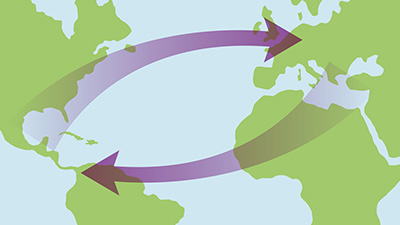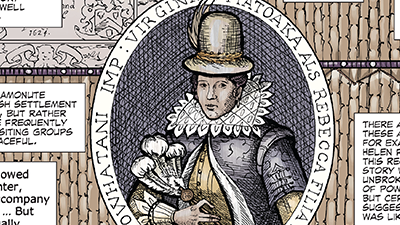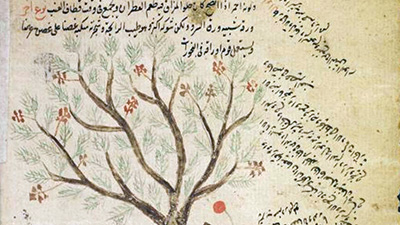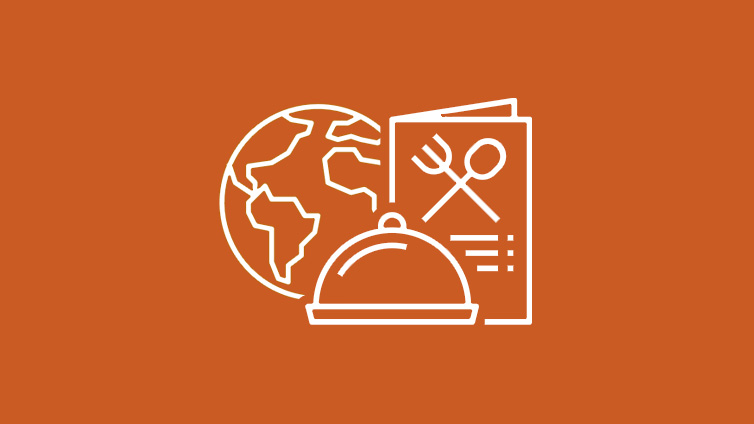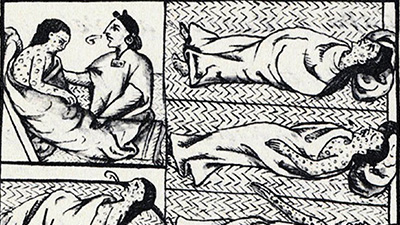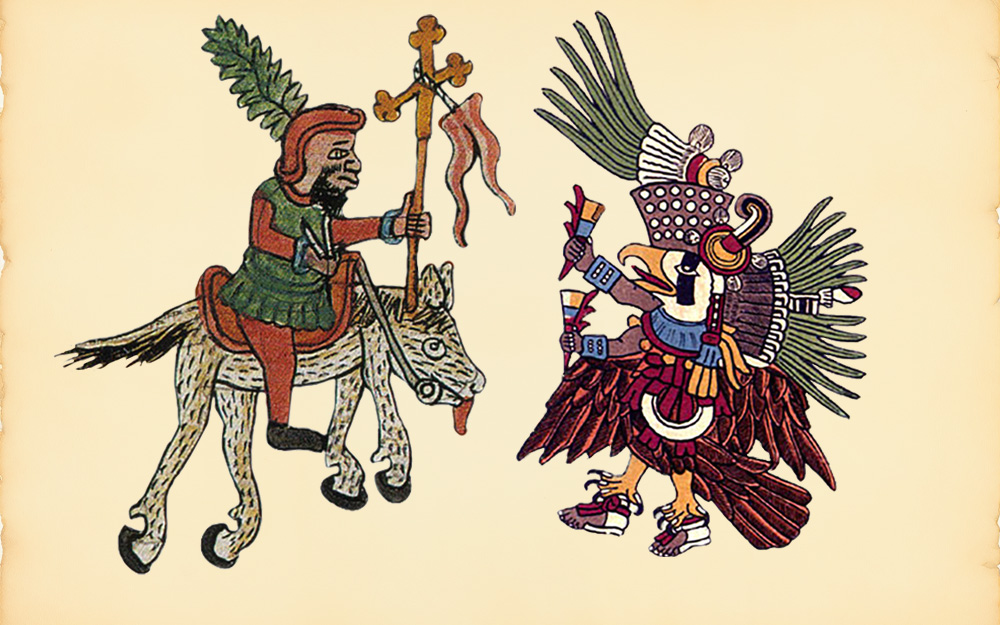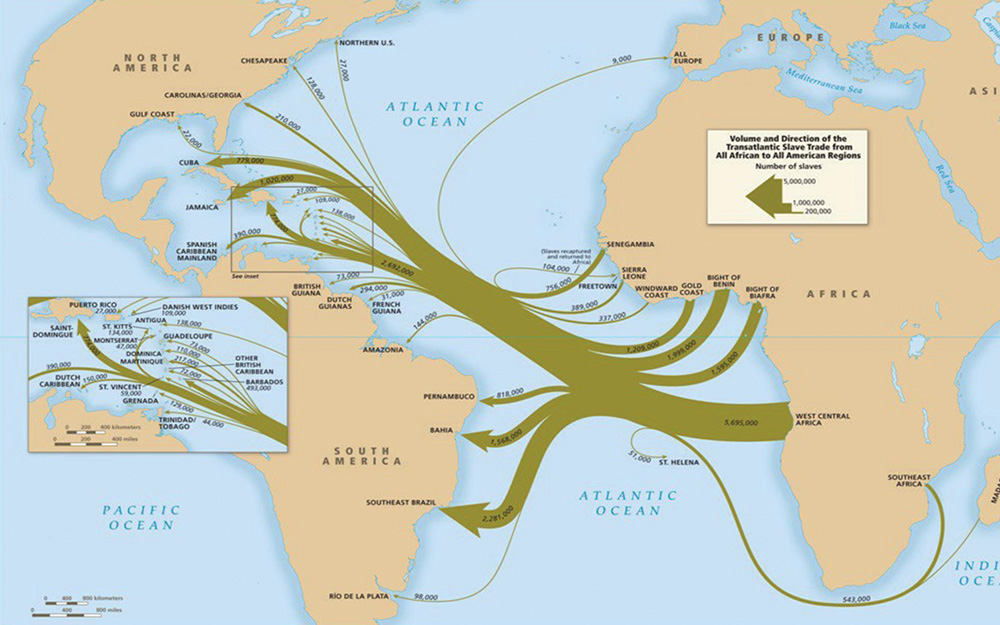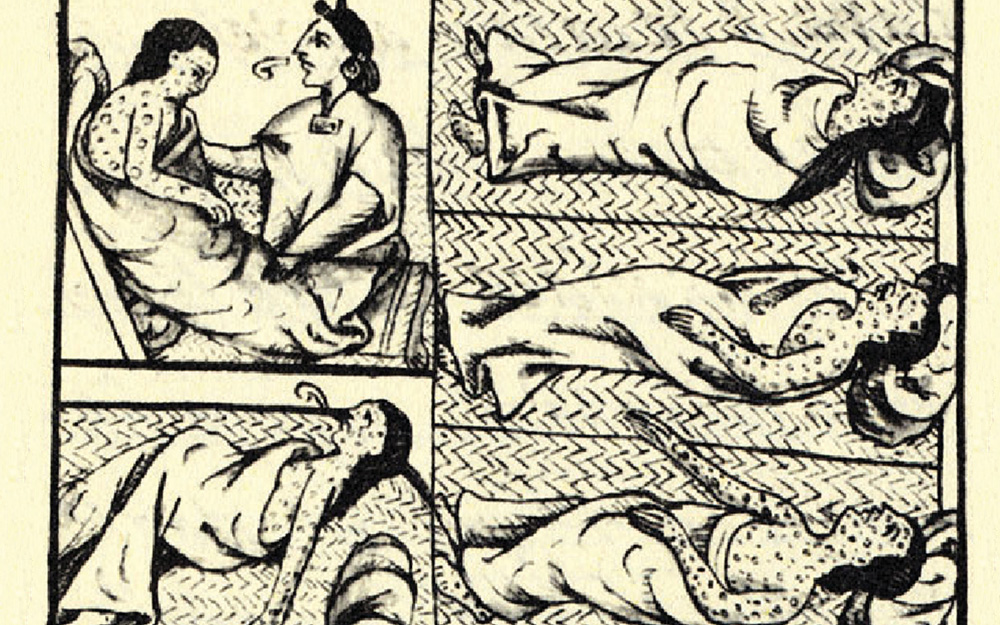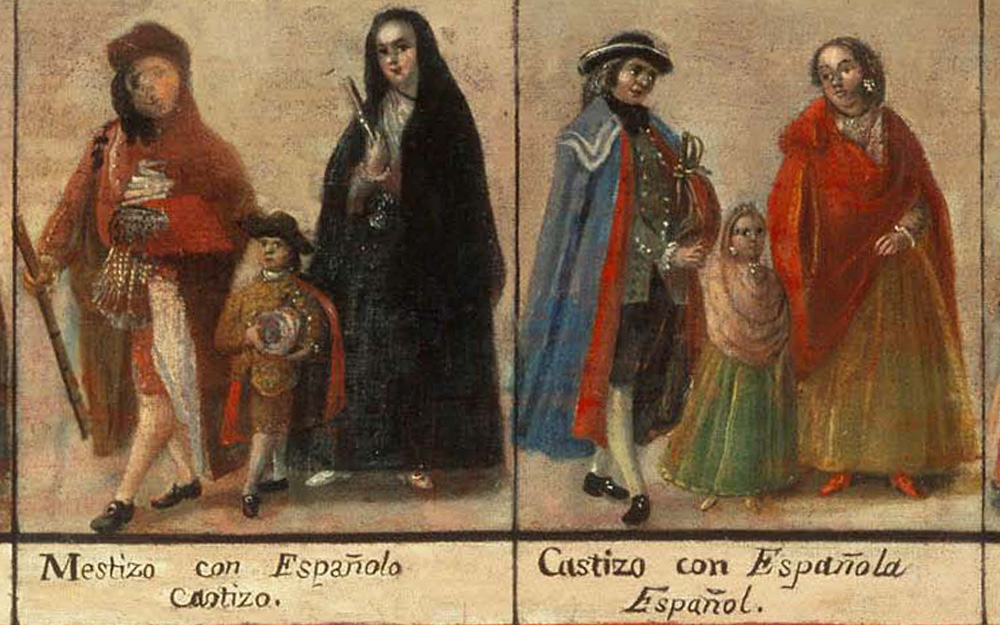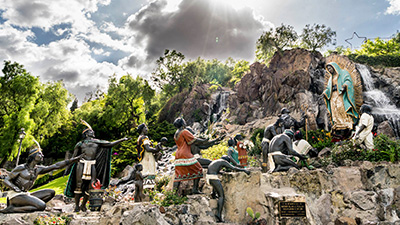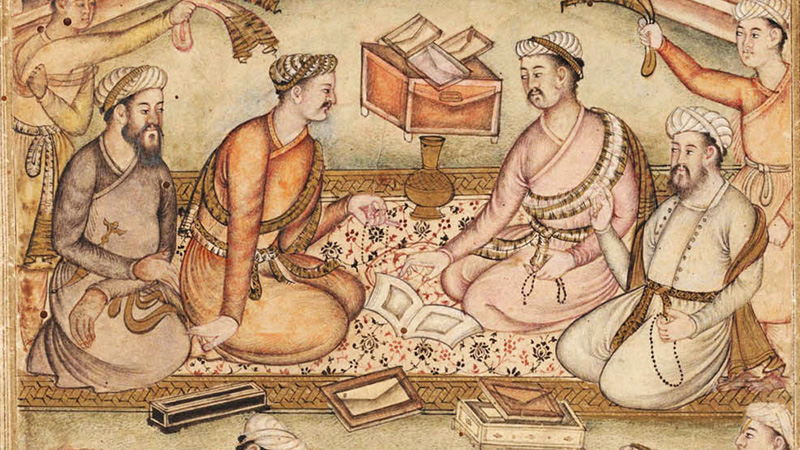The Columbian Exchange
Teacher Resources
Driving Question: What were the causes and effects of the Columbian Exchange?
The connections between Afro-Eurasia and the Americas created a truly global network that would forever change the course of history. After 1492, plants, animals, people, ideas, and diseases crisscrossed oceans in a process called the Columbian Exchange.
Learning Objectives:
- Evaluate how the Columbian Exchange transformed human communities and systems of production and distribution.
- Use the historical thinking skill of sourcing to assess the impacts of new global networks.
- Identify the crops and animals that moved to new places and the impacts they had on human populations in those places.
Vocab Terms:
- commodity
- demographic
- enslave
- epidemic
- indentured servant
- indigenous
- mercantilism
- plantation
Opener: The Columbian Exchange
To teach this lesson step, refer to page 3 of the Lesson 6.8 Teaching Guide.
Want to map out the Columbian Exchange in more detail? You can download OER Project maps here.
The Columbian Exchange moved plants and animals all around our world, forever reshaping the foods we eat.
What Caused the Columbian Exchange?
To teach this lesson step, refer to page 3 of the Lesson 6.8 Teaching Guide.
In 1492, Columbus sailed the ocean blue and launched an era of connections linking Afro-Eurasia and the Americas. In this article, graphic biography, and activity, you’ll track some of the many causes and effects of this exchange.
-
Guiding Questions
-
Before you read
Preview the questions below, and then skim the article. Be sure to look at the section headings and any images.
While you read
Look for answers to these questions:
- What were Indigenous communities like before the Columbian Exchange?
- Why were Indigenous Americans so vulnerable to diseases?
- How did epidemic diseases affect the environment and the economy?
- What animals were domesticated by humans in the Americas, before and after the Columbian Exchange?
After you read
Respond to this question: What do you think was the most significant impact of the Columbian Exchange?
-
Guiding Questions
-
Before you read
Preview the questions below, and then skim the comic, paying attention to things like prominent colors, shapes, and types of text and fonts. How do you know where to start and in which direction to read? What’s in the gutters (the space between panels)? Who or what is the focus of the comic?
While you read
- How did Amonute become important to the English settlers in Virginia?
- What are the key elements of the story John Smith told about Amonute?
- How does Karen Ordahl Kupperman evaluate John Smith’s story of Amonute?
- What are the key arguments made by the oral historians of the Mattaponi people, as presented in this biography?
- What are some doubts anthropologists like Helen Roundtree raise about the oral tradition version of events?
- How does the artist use art and design to show that there are different stories about Amonute?
After you read
Respond to these questions: Which version of Amonute’s relationship with English settlers do you think is more likely to be accurate? Why?
Food and the Columbian Exchange
Human vs. AI Research Battle: The Significance of Foods
- Have students list foods that spread during the Columbian Exchange, then prompt AI to expand it.
- Then, have students ask AI which one food had the greatest historical impact.
- Finally, challenge students to do some of their own research to evaluate and critique the AI response.
What makes this effective? Students get to learn about historical significance using AI as a research partner. But rather than simply accepting the AI results, they use their own research to challenge or confirm its responses using evidence they gather, providing a valuable exercise in information literacy.
Can food change the world? Explore how the Columbian Exchange moved crops and animals to new places, forever changing cuisine, culture, and populations around the world.
-
Guiding Questions
-
Before you read
Preview the questions below, and then skim the article. Be sure to look at the section headings and any images.
While you read
Look for answers to these questions:
- What’s the difference between staple crops and cash crops?
- How did European plantation owners maximize profits?
- In what ways did European colonists impact networks and production and distribution?
- How did European use of crops and animals affect the environment in the Americas?
- What effect did the introduction of the potato have on European populations? How did this change over time?
After you read
Respond to these questions: Do you think the biggest changes after 1492 were biological, political, or cultural? Why?
Consequences of Exchange
To teach this lesson step, refer to page 7 of the Lesson 6.8 Teaching Guide.
For more on the Aztec Perspective, check out this thread in the Community Forum.
The Columbian Exchange reshaped the world—but not all its effects were positive. Use the article and activities to explore its lasting consequences.
-
Guiding Questions
-
Before you read
Preview the questions below, and then skim the article. Be sure to look at the section headings and any images.
While you read
Look for answers to these questions:
- Why is it difficult for historians to determine the scale of the Great Dying?
- What groups of people migrated to the Americas involuntarily?
- What do the categories mestizo and mulatto mean?
- How did the population of sub-Saharan Africa change as a result of the Columbian Exchange?
- What was the plantation complex?
After you read
Respond to these questions: Do you agree that the “Columbian Exchange completely changed the face of the world”? Why or why not?
Closer: The Columbian Exchange
To teach this lesson step, refer to page 10 of the Lesson 6.8 Teaching Guide.
What are the positive and negative impacts of interconnection? This blog post may bring new insights as you prepare to teach this closer.
In this final activity of the lesson, you’ll consider the pros and cons of the Columbian Exchange as you determine where you stand on its effects.
Transforming Environments
What does the Columbian Exchange have to do with modern climate change? Explore how this exchange transformed environments in ways we are still feeling today.
Writing: Impacts of the Columbian Exchange
To teach this lesson step, refer to page 11 of the Lesson 6.8 Teaching Guide.
In this writing activity, you’ll use evidence from sources to support an argument that responds to the question: How did the Columbian Exchange transform the Americas from c. 1500 to 1750 CE?
Colonizing Mesoamerica
To teach this lesson step, refer to page 11 of the Lesson 6.8 Teaching Guide.
As European empires colonized the Americas and established transformative new connections, religions also changed. The materials provided give a sense of the many ways that beliefs changed during this period.
-
Guiding Questions
-
Before you read
Preview the questions below, and then skim the article. Be sure to look at the section headings and any images.
While you read
Look for answers to these questions:
- What were the differences between Spanish conquistadors and missionaries?
- What were some reasons the Spanish were so eager to get people to convert?
- What were some strategies used by the Spanish to try to convert the Indigenous population?
- What motivated some Aztecs to convert?
- How is the Lady of Guadalupe an example of religious syncretism?
After you read
Respond to this question: What are some ways that networks likely played a role in the conversion of Mesoamerican Indigenous communities?


